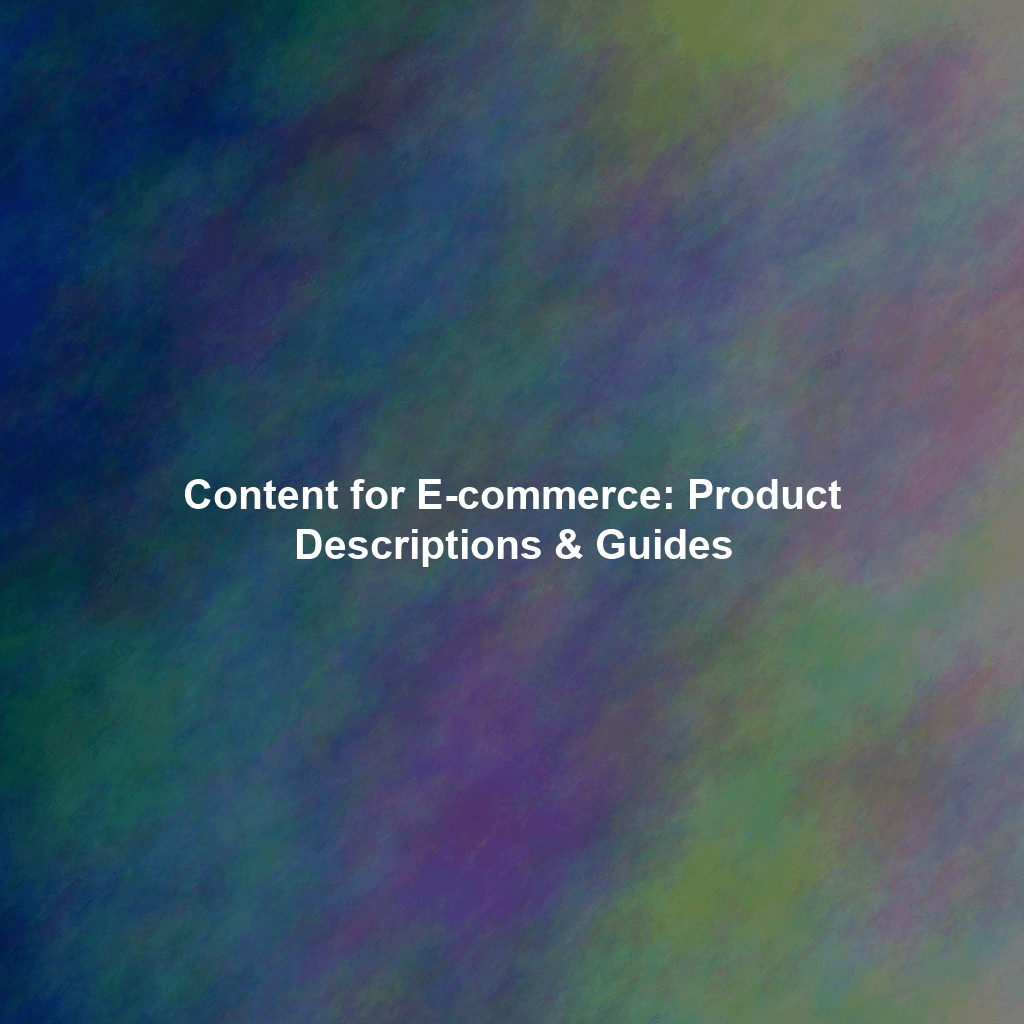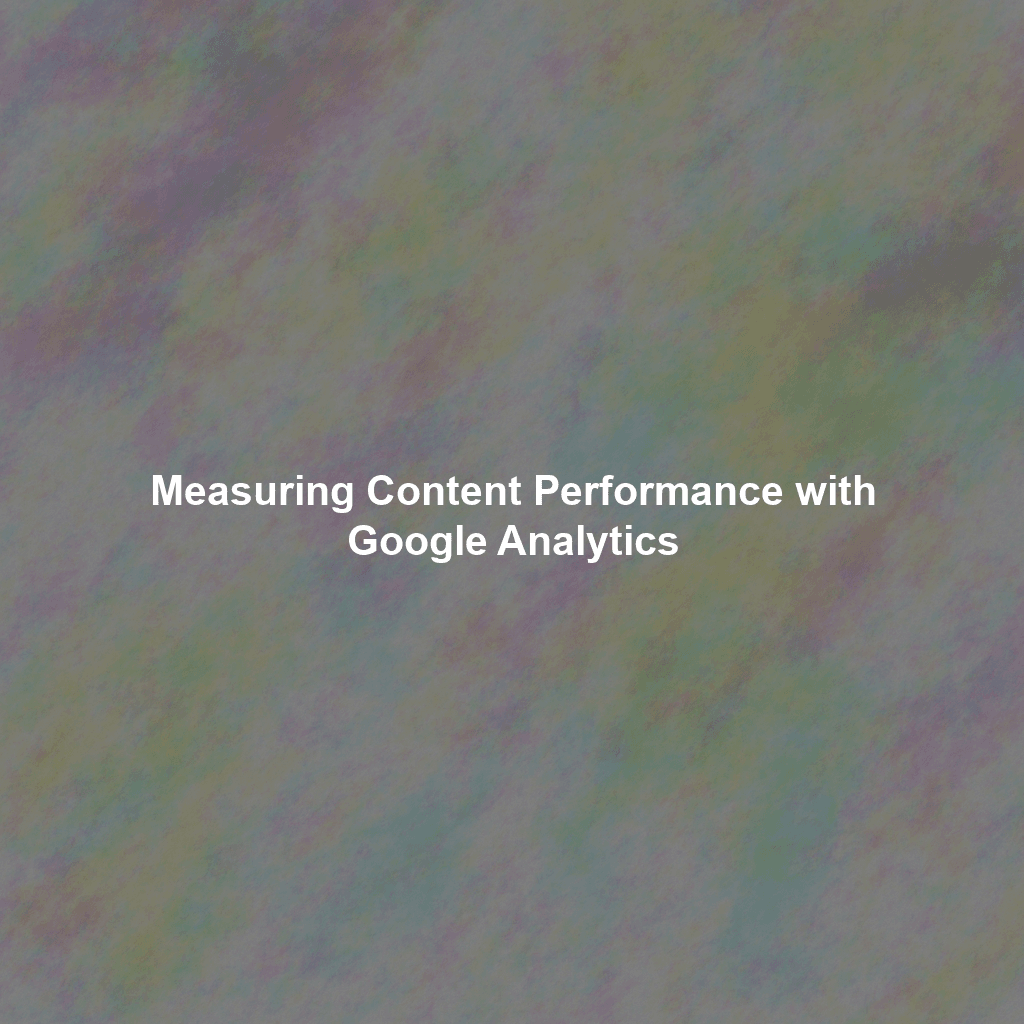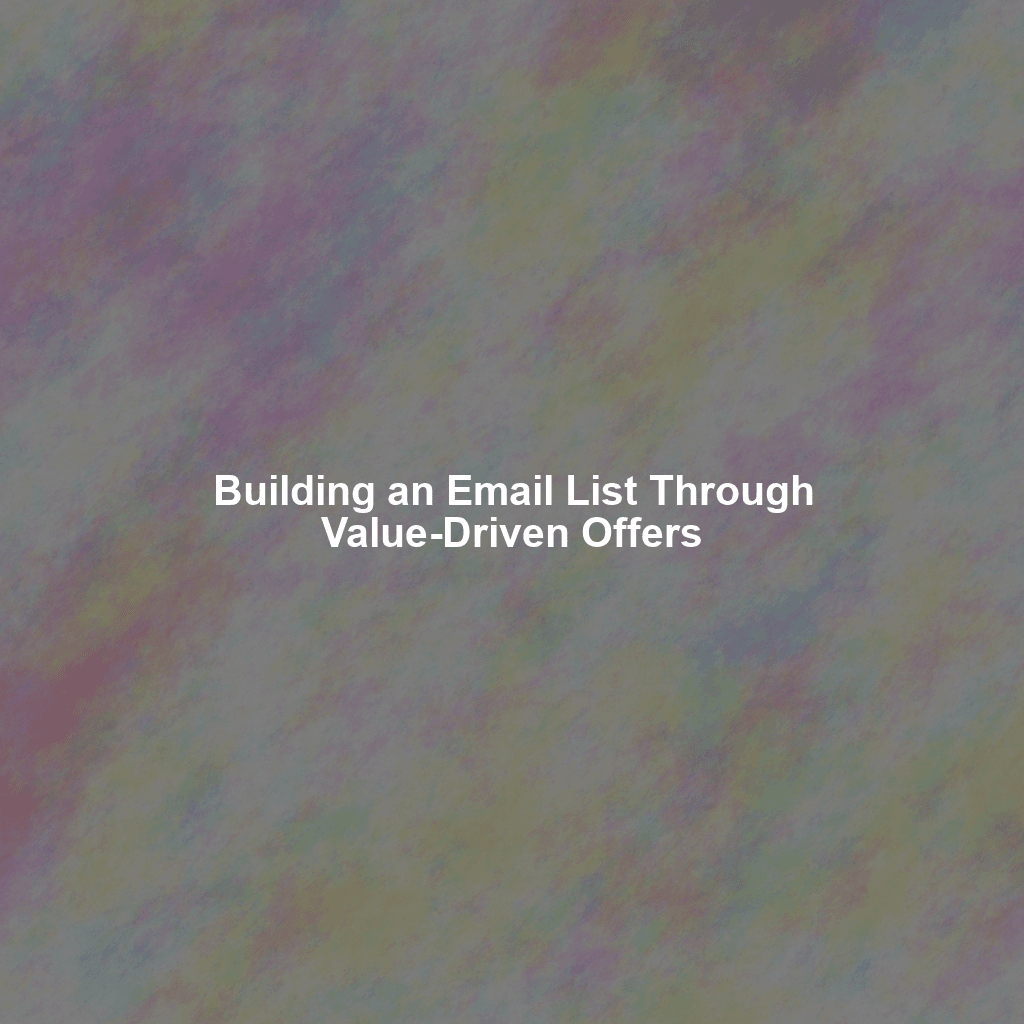The Power of Words: Content Marketing in E-commerce
In the bustling digital marketplace, standing out from the crowd requires more than just a great product. It demands a compelling narrative, a deep understanding of your audience, and a strategic approach to content. Content marketing for e-commerce hinges on providing valuable information that attracts, engages, and ultimately converts visitors into loyal customers. And at the heart of this strategy lies two crucial components: meticulously crafted product descriptions and comprehensive product guides.
Product Descriptions: More Than Just Specifications
Far too often, product descriptions are treated as an afterthought – a mere list of features and dimensions. But a truly effective product description is a powerful sales tool, capable of captivating attention, addressing pain points, and persuading customers to click the “Add to Cart” button. Think of it as your digital salesperson, working tirelessly 24/7 to showcase your product’s value.
Beyond the Basics: Understanding Your Audience
Before you start writing, ask yourself: who is my ideal customer? What are their needs, desires, and frustrations? What language do they use? Understanding your target audience is paramount. Tailor your descriptions to resonate with their specific interests and address their unique concerns. For example, a description for a high-end coffee machine targeting experienced baristas will differ significantly from one aimed at casual coffee drinkers.
Crafting Compelling Copy: Key Elements of a Winning Product Description
Here are some essential elements to incorporate into your product descriptions:
- A Captivating Headline: The headline is the first (and sometimes only) thing a customer will see. Make it attention-grabbing and immediately convey the product’s key benefit. Think “Experience Rich, Bold Flavor with Our Artisan Roasted Coffee Beans” instead of simply “Coffee Beans.”
- Highlight Key Features and Benefits: Don’t just list features; explain how those features translate into tangible benefits for the customer. For example, instead of “Stainless steel construction,” write “Durable stainless steel construction ensures years of reliable performance and effortless cleaning.”
- Tell a Story: Engage the customer’s imagination by weaving a narrative around the product. Describe the experience of using it, the emotions it evokes, or the problem it solves.
- Use Sensory Language: Appeal to the senses to create a more immersive and memorable experience. Describe the texture, scent, sound, or appearance of the product.
- Incorporate Social Proof: Include testimonials, reviews, or endorsements to build trust and credibility. Let satisfied customers speak for the product’s value.
- Optimize for Search Engines (SEO): Naturally incorporate relevant keywords that customers are likely to use when searching for your product. However, avoid keyword stuffing, which can harm your search rankings.
- Maintain a Consistent Brand Voice: Ensure that your product descriptions align with your overall brand identity and tone of voice.
- Use High-Quality Images and Videos: Visuals are crucial for showcasing your product in its best light. Use professional-quality images and videos that highlight its features and benefits.
- Include a Clear Call to Action: Tell customers exactly what you want them to do next, such as “Add to Cart,” “Shop Now,” or “Learn More.”
Examples of Effective Product Description Techniques
Let’s look at some hypothetical examples:
Example 1: A Leather Handbag
Instead of: “Leather Handbag. Dimensions: 12″ x 8″ x 4″. Brown.”
Try: “Indulge in timeless elegance with our handcrafted leather handbag. Made from supple, full-grain leather, this bag exudes sophistication and durability. Its spacious interior easily accommodates your daily essentials, while the multiple compartments keep you organized on the go. The rich, chocolate brown hue complements any outfit, making it the perfect accessory for any occasion. Imagine the admiring glances as you carry this exquisite piece – a true statement of your refined taste.”
Example 2: A Wireless Speaker
Instead of: “Wireless Speaker. Bluetooth connectivity. 10-hour battery life. Black.”
Try: “Immerse yourself in rich, immersive sound with our portable wireless speaker. Featuring advanced Bluetooth technology, this speaker delivers crystal-clear audio from your favorite devices. Enjoy up to 10 hours of uninterrupted playtime on a single charge, perfect for outdoor adventures or relaxing at home. Its sleek, minimalist design seamlessly blends into any environment, while its compact size makes it easy to take on the go. Feel the music come alive with deep bass and crisp highs, transforming any space into your personal concert hall.”
Product Guides: Empowering Your Customers with Knowledge
While product descriptions aim to persuade, product guides focus on educating and empowering customers. They provide in-depth information, answer frequently asked questions, and help customers make informed purchasing decisions. Product guides are particularly valuable for complex or technical products that require more explanation.
Types of E-commerce Product Guides
There are several types of product guides that can enhance your e-commerce content strategy:
- Buying Guides: These guides help customers choose the right product based on their needs and preferences. They compare different models, highlight key features, and provide recommendations based on specific use cases.
- How-To Guides: These guides provide step-by-step instructions on how to use, install, or maintain a product. They can be in the form of text, images, videos, or interactive tutorials.
- Troubleshooting Guides: These guides help customers resolve common issues or problems they may encounter while using a product. They provide solutions, tips, and contact information for customer support.
- Size Guides: Particularly important for clothing and footwear retailers, size guides help customers determine the correct size to order, reducing returns and improving customer satisfaction.
- Style Guides: These guides offer advice on how to style or coordinate a product with other items, helping customers create complete looks and express their personal style.
- Care and Maintenance Guides: These guides provide instructions on how to properly care for and maintain a product, extending its lifespan and ensuring optimal performance.
Creating Effective Product Guides: Best Practices
Here are some tips for creating product guides that resonate with your audience:
- Focus on Solving Problems: Identify common questions or pain points that customers have and address them directly in your guide.
- Use Clear and Concise Language: Avoid jargon or technical terms that customers may not understand. Use simple, easy-to-understand language.
- Structure Your Content Logically: Organize your guide into clear sections with headings and subheadings to make it easy to navigate.
- Use Visual Aids: Incorporate images, diagrams, videos, or interactive elements to enhance understanding and engagement.
- Optimize for Search Engines (SEO): Use relevant keywords to help customers find your guide when searching online.
- Promote Your Guides: Make your product guides easily accessible on your website and through other marketing channels.
- Keep Your Guides Up-to-Date: Regularly review and update your guides to ensure that the information is accurate and relevant.
Example of a Product Guide Outline: “Choosing the Right Hiking Boots”
Here’s a sample outline for a buying guide on “Choosing the Right Hiking Boots”:
- Introduction: Why Hiking Boot Choice Matters
- Understanding Different Types of Hiking:
- Day Hiking
- Backpacking
- Mountaineering
- Key Features to Consider:
- Boot Height (Low-Cut, Mid-Cut, High-Cut)
- Material (Leather, Synthetic)
- Waterproofing (Waterproof vs. Water-Resistant)
- Support and Stability
- Traction and Sole Type
- Cushioning and Comfort
- Finding the Right Fit:
- Measuring Your Feet
- Trying on Boots
- Socks and Insoles
- Top Hiking Boot Recommendations: (Based on hiking type and budget)
- Care and Maintenance:
- Cleaning Your Boots
- Conditioning Leather Boots
- Storing Your Boots
- Conclusion: Making an Informed Decision
Measuring the Success of Your Content
Content marketing is an ongoing process. To ensure your efforts are effective, track key metrics such as:
- Website Traffic: Are more people visiting your product pages?
- Bounce Rate: Are visitors staying on your page and engaging with your content?
- Conversion Rate: Are visitors converting into customers?
- Average Order Value: Are customers purchasing more items?
- Customer Satisfaction: Are customers happy with their purchases and the information provided?
Use tools like Google Analytics to track these metrics and identify areas for improvement. A/B test different product descriptions and guide formats to optimize your content for maximum impact.
Conclusion: Content as a Competitive Advantage
In the competitive world of e-commerce, high-quality product descriptions and informative product guides are no longer optional; they are essential for success. By focusing on providing valuable content that informs, engages, and empowers your customers, you can build trust, increase sales, and establish a lasting competitive advantage. Invest in your content, and watch your e-commerce business thrive.
 Skip to content
Skip to content

